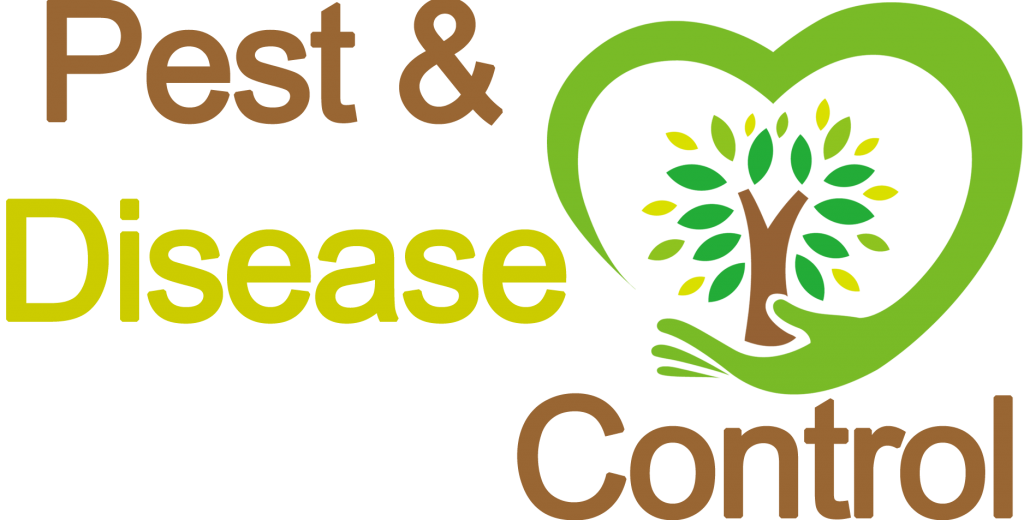Protect Your Crops with Fluazinam Fungicide – Effective Disease Control for Agricultural Resilience. Learn How It Works and Its Benefits With Pest&DiseaseControl.
What is Fluazinam Fungicide?
In the world of agriculture, where a thriving crop can mean the difference between sustenance and scarcity, the battle against plant diseases is relentless. Among the array of tools available to farmers, fungicides stand out as crucial protectors of crop health. Fluazinam, a synthetic fungicide, is one such defender, hailed for its effectiveness against various fungal pathogens. This essay delves into the world of fluazinam, exploring its chemistry, mode of action, applications, environmental impact, and future prospects in sustainable agriculture.

The Chemistry of Fluazinam
Fluazinam is a member of the chemical class known as the N-phenylcarbamates. Its chemical formula is C13H4F5N3O4, which illustrates its composition of carbon (C), hydrogen (H), fluorine (F), nitrogen (N), and oxygen (O). This unique molecular structure contributes to its fungicidal properties by disrupting critical processes within fungal cells.
The Mode of Action
Fluazinam’s potency lies in its ability to inhibit energy production within fungal cells. It disrupts the mitochondrial respiration of pathogens, depriving them of essential energy, and subsequently, their ability to grow and reproduce. This mode of action is highly effective against a broad spectrum of fungi, making it a valuable tool for crop protection.
Applications
Fluazinam finds extensive use in agriculture, particularly in safeguarding fruits and vegetables. It is effective against several economically significant pathogens like late blight, downy mildew, and black mold. Crops like potatoes, grapes, and tomatoes benefit significantly from fluazinam-based protection. Its versatility and compatibility with various application methods, including foliar sprays and seed treatments, enhance its usability.
Environmental Impact
While fluazinam’s efficacy in protecting crops is commendable, its environmental impact cannot be overlooked. It is classified as a moderately toxic substance, and its use requires careful consideration of environmental conditions and regulations. The potential risks associated with its runoff into water bodies and effects on non-target organisms underscore the importance of responsible application practices.
Future Prospects in Sustainable Agriculture
As agriculture grapples with the challenges of feeding a growing global population while minimizing environmental harm, sustainable practices are at the forefront. Fluazinam, with its targeted action and compatibility with integrated pest management (IPM) strategies, can play a role in sustainable agriculture. However, research into reducing its environmental footprint and exploring alternative, eco-friendly fungicides is essential.
Fluazinam fungicide emerges as a stalwart guardian of crops against fungal threats. Its chemistry, mode of action, and versatile applications make it indispensable to modern agriculture. However, its responsible use is vital to mitigate potential environmental impacts. Looking ahead, continued research and innovation in fungicide technology will help strike a balance between protecting crops and safeguarding the environment in the pursuit of sustainable agriculture.

Fluazinam Syngenta
Omega 500F Fungicide: Comprehensive Disease Control
Active Ingredients: Omega 500F Fungicide, developed by Syngenta, is a powerful fungicide primarily based on fluazinam as its active ingredient. Fluazinam is a member of Group 29 fungicides, a class known for its multi-site modes of action. This multi-site action is crucial because it significantly reduces the risk of pathogens developing resistance to the fungicide. The inherent diversity in the mode of action makes it challenging for pathogens to adapt and evolve resistance mechanisms, ensuring long-term efficacy.
Versatile Applications: Omega 500F Fungicide is renowned for its versatility and is particularly effective in protecting a wide range of crops. It has demonstrated excellent disease control capabilities in legume vegetables, beans, onions, peanuts, and potatoes. This broad spectrum of application makes it an invaluable tool for farmers cultivating these crops.
Effective Disease Control: One of Omega 500F’s standout features is its capacity to provide comprehensive disease control. It targets various pathogens that commonly afflict legume vegetables, beans, onions, peanuts, and potatoes. This includes diseases such as blights, rots, and mildews. By curbing the development and spread of these diseases, Omega 500F helps maintain the health and productivity of crops.
Low Use Rates and Flexibility: Omega 500F is favored by farmers not only for its disease control capabilities but also for its cost-effectiveness. It is known for its low use rates, meaning that farmers can achieve effective disease management while using relatively small quantities of the product. Additionally, Omega 500F offers flexible application methods, allowing farmers to choose the most suitable approach for their specific crop and field conditions. This adaptability ensures that the fungicide can be seamlessly integrated into existing farming practices.
Resistance Management: Incorporating Omega 500F Fungicide into disease management strategies helps in resistance management. Being a Group 29 fungicide, it is recognized for its ability to mitigate the development of resistance in pathogens. By utilizing a multi-site mode of action, it presents a challenging environment for pathogens, reducing the likelihood of them evolving resistance. This makes Omega 500F a valuable asset in sustainable farming practices, ensuring that it remains effective over time.

In conclusion, Omega 500F Fungicide, with its active ingredient fluazinam and multi-site modes of action, is a reliable and versatile solution for disease control in legume vegetables, beans, onions, peanuts, and potatoes. Its effectiveness, low use rates, and flexibility in application methods make it a valuable tool for farmers, while its Group 29 classification ensures resistance management, contributing to the sustainability of crop protection strategies.
